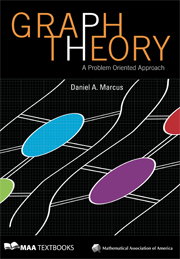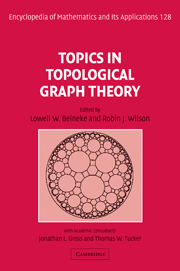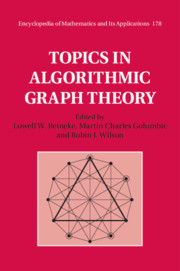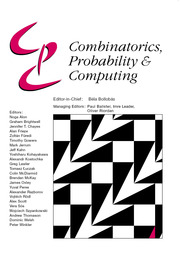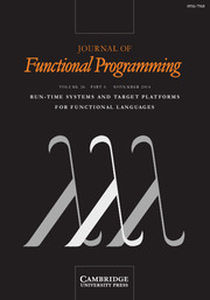Graph Theory
Combining the features of a textbook with those of a problem workbook, this text for mathematics, computer science and engineering students presents a natural, friendly way to learn some of the essential ideas of graph theory. The material is explained using 360 strategically placed problems with connecting text, which is then supplemented by 280 additional homework problems. This problem-oriented format encourages active involvement by the reader while always giving clear direction. This approach is especially valuable with the presentation of proofs, which become more frequent and elaborate as the book progresses. Arguments are arranged in digestible chunks and always appear together with concrete examples to help remind the reader of the bigger picture. Topics include spanning tree algorithms, Euler paths, Hamilton paths and cycles, independence and covering, connections and obstructions, and vertex and edge colourings.
- Introduces graph theory using 360 explanatory exercises, with a further 280 homework problems to help students master the concepts
- Topics include Hall's Theorem, the Konig-Egervary Theorem, matrices and Latin squares
- Ideal for undergraduates in mathematics, computer science and engineering
Product details
August 2008Hardback
9780883857533
240 pages
260 × 182 × 16 mm
0.55kg
640 exercises
This item is not supplied by Cambridge University Press in your region. Please contact Mathematical Association of America for availability.
Table of Contents
- Preface
- A. Basic Concepts
- B. Isomorphic graphs
- C. Bipartite graphs
- D. Trees and forests
- E. Spanning tree algorithms
- F. Euler paths
- G. Hamilton paths and cycles
- H. Planar graphs
- I. Independence and covering
- J. Connections and obstructions
- K. Vertex coloring
- L. Edge coloring
- M. Matching theory for bipartite graphs
- N. Applications of matching theory
- O. Cycle-Free digraphs
- Answers to selected problems.

